There are some names in motorsports that are synonymous, Porsche and Penske, McLaren and Senna and Lotus and Fittipaldi. And this week Lotus and Fittipaldi came together once again.
Emerson Fittipaldi, along with Jenson Button, spent the week at Hethel, the home of Lotus, testing their new car, the all-electric hypercar, Evija. Emerson and his success in Formula 1 in the Lotus Type 72, 50 years ago, have inspired the development of the new Lotus Evija Fittipaldi.

Their time on the circuit, which has played host to many world famous racing drivers over the years, have been captured in a new documentary film from Lotus. This film has been created as part of the launch of the Evija Fittipaldi, marking the 50th anniversary of Emerson’s 1972 World Championship.
Emerson first took to the test track in chassis 72/5, the very car he drove during the 1972 season as he claimed the F1 Drivers’ title for himself and the Constructors’ title for Team Lotus. “It’s a very special day for me to be back at Lotus to commemorate 50 years since my first World Championship,” Emerson said. “My Lotus 72 is one of the most iconic cars in the history of Formula 1, and the most important car from my life.”

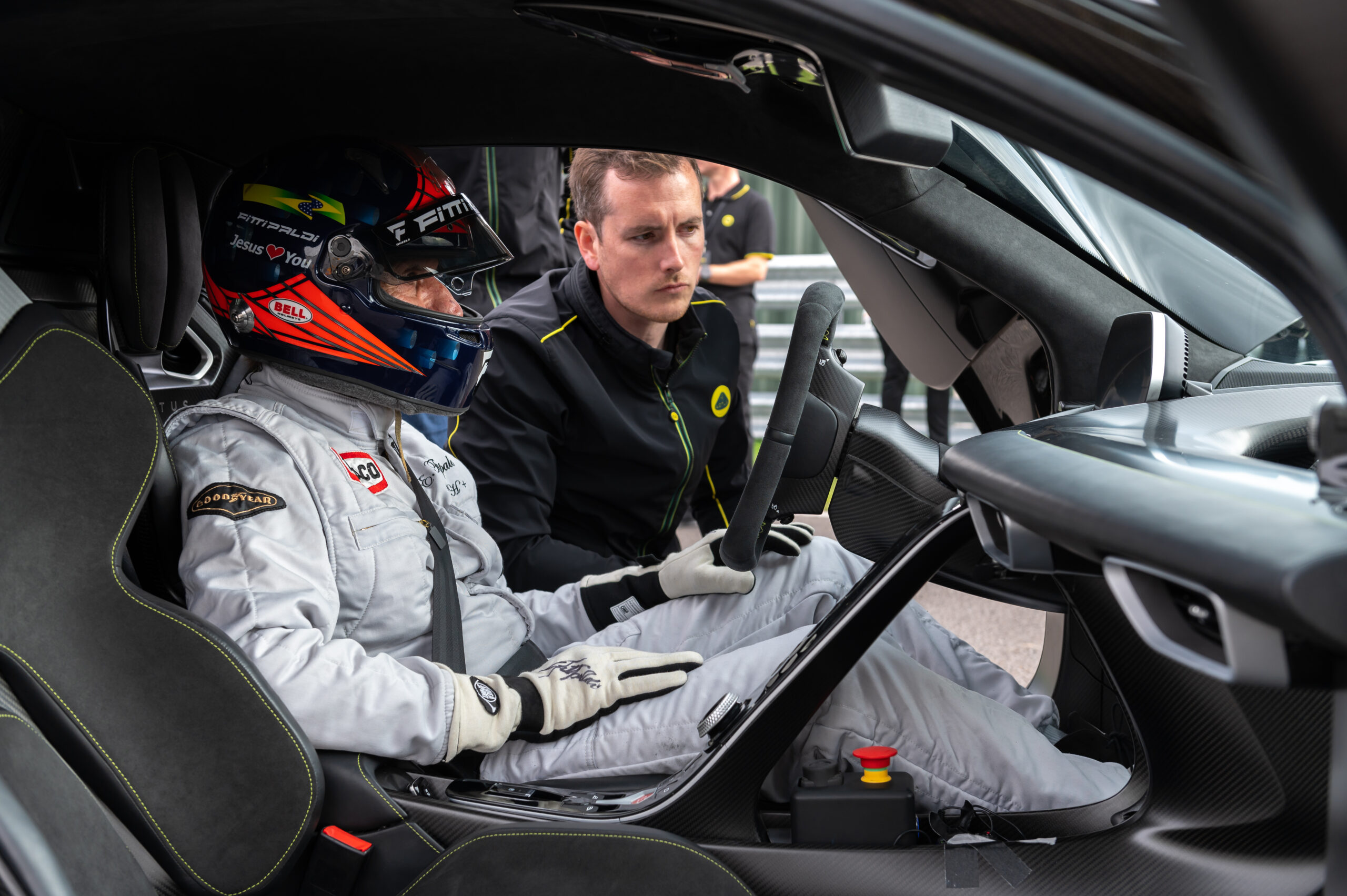
He later switched to the Evija Fittipaldi. Showcasing the famous black and gold Lotus color scheme, which also turns 50 this year, the hand painted exterior and numerous unique design features have been created to commemorate the successful 1972 season. Those design features include a hand tinted plan view of the Type 72 etched into the exposed carbon fiber roof and Emerson’s signature hand stitched into the dashboard. Perhaps the most iconic feature is the rotary dial on the floating central instrument panel. It has been handcrafted from recycled original Type 72 aluminum, ensuring that a genuine piece of the iconic F1 car is part of each Evija Fittipaldi.
After completing numerous laps, Emerson had this to say, “The Evija Fittipaldi is going to be an iconic as the Lotus 72. It’s beautiful handling, incredible power, the next level of performance of hypercars and different from all the other cars I’ve tested. It is a beautiful piece of art. Look at the outside, look at the technology – to have my name on the car is an honor for me.”

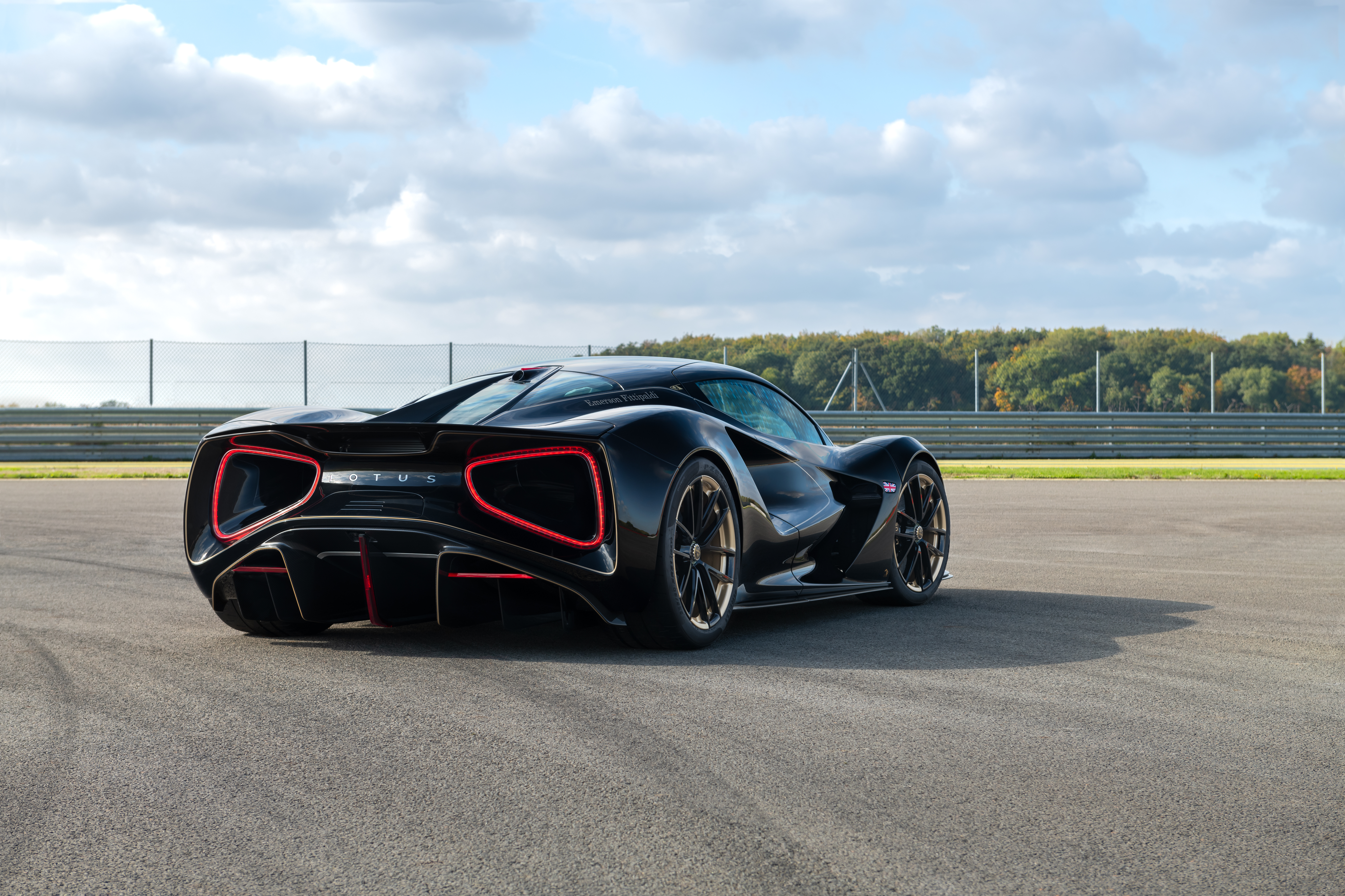
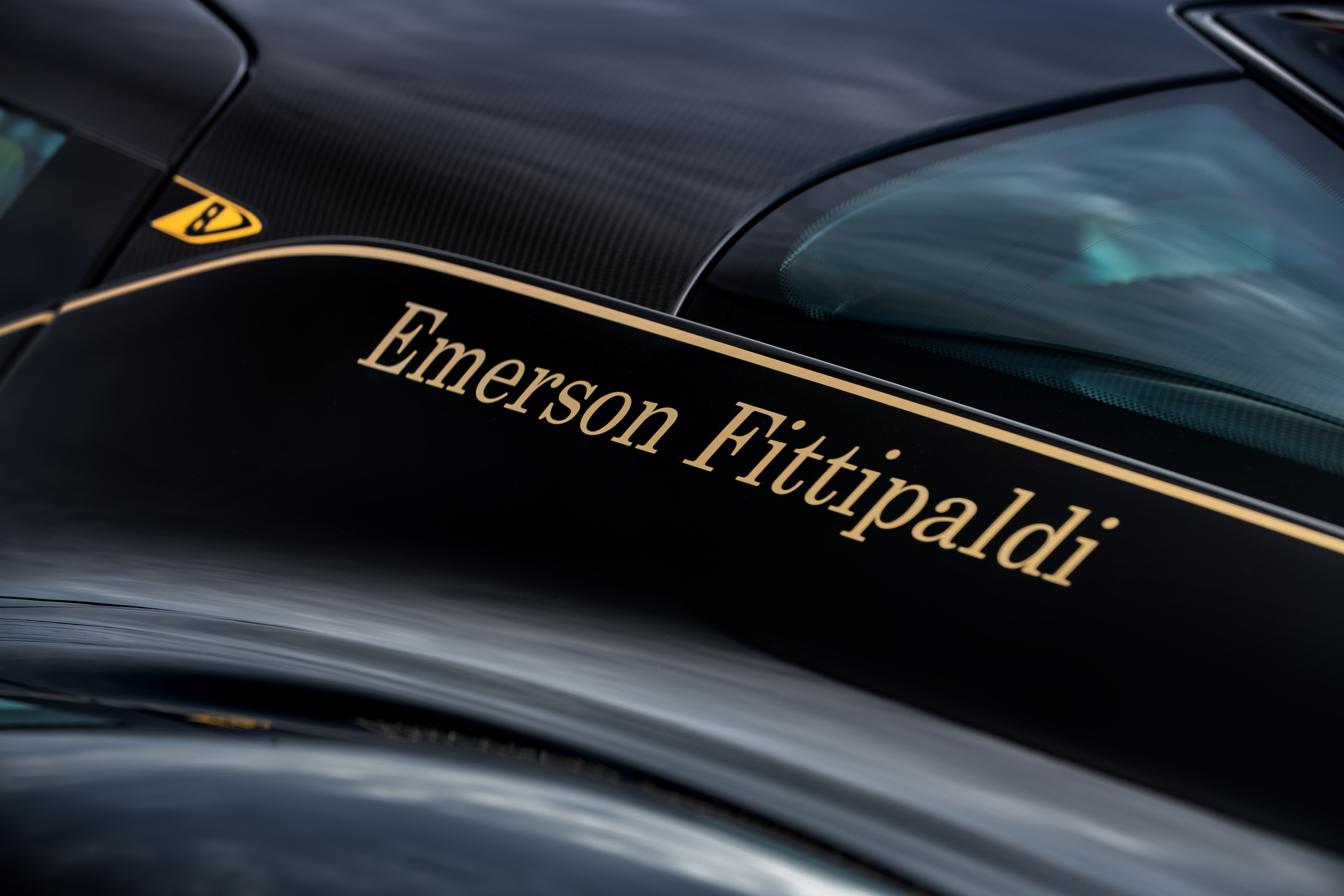
Earlier in the week, 2009 Formula 1 World Champion Jenson Button was at Hethel finalizing the specification of the Evija he’s purchasing, and as a part of the shakedown process before the car’s launch event, lapped the test track in the Evija Fittipaldi.
After quickly getting up to speed, Jenson took full advantage and explored the Evija’s performance, including unleashing the power in several standing starts.
Upon getting out of the car, Jenson had this to say, “It sounds like a jet engine! You think of an EV as quiet but it’s not. The torque is astronomical. It’s amazing, it puts a big smile on your face. It feels like a spaceship, the drivability and direction is the steering certainly lets you know you are driving a Lotus; I am amazed by the agility of it. It is a Lotus of the future and I can’t wait to drive my own Evija.”

Much like it was for Emerson and the Type 72, despite the power and performance, the driver remains at the center of the Lotus Evija experience. The performance figures and technical specification for the Evija Fittipaldi are much like Jenson said, out of this world. With more than 2,000 PS, it is the more powerful series production car in the world and creates more than 1,700Nm of torque. 0-62 mph (0-100 km/h) takes place in under three seconds and 0-186 mph (0-300 km/h) takes place in less than nine seconds from a standing start.
Another highlight from the week at Hethel is that for the first time in history, all eight surviving examples of the of the Lotus Type 72 were together in once place. The owners travelled from all over the world with their cars to be part of this one of a kind event.
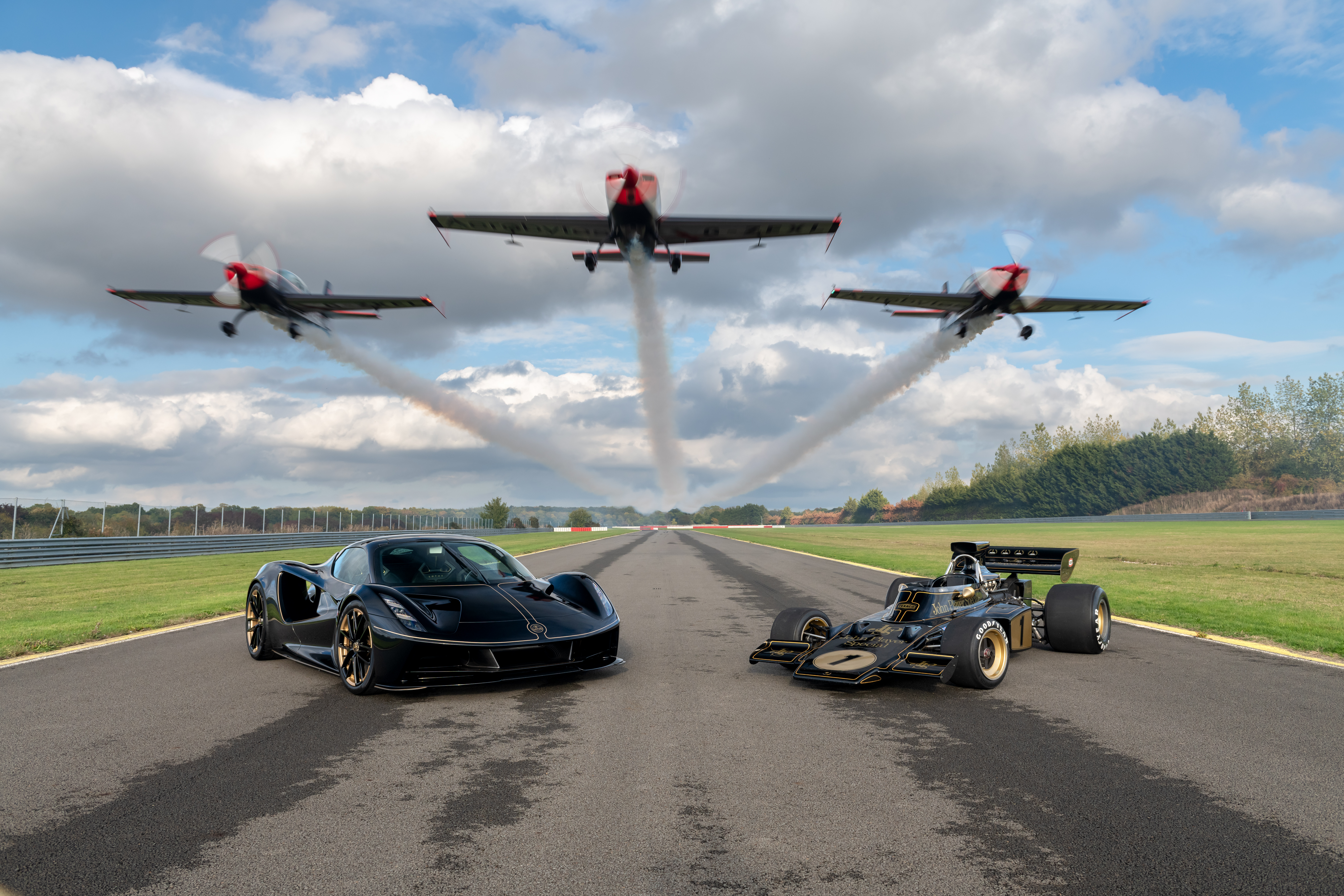
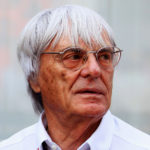


Leave a reply